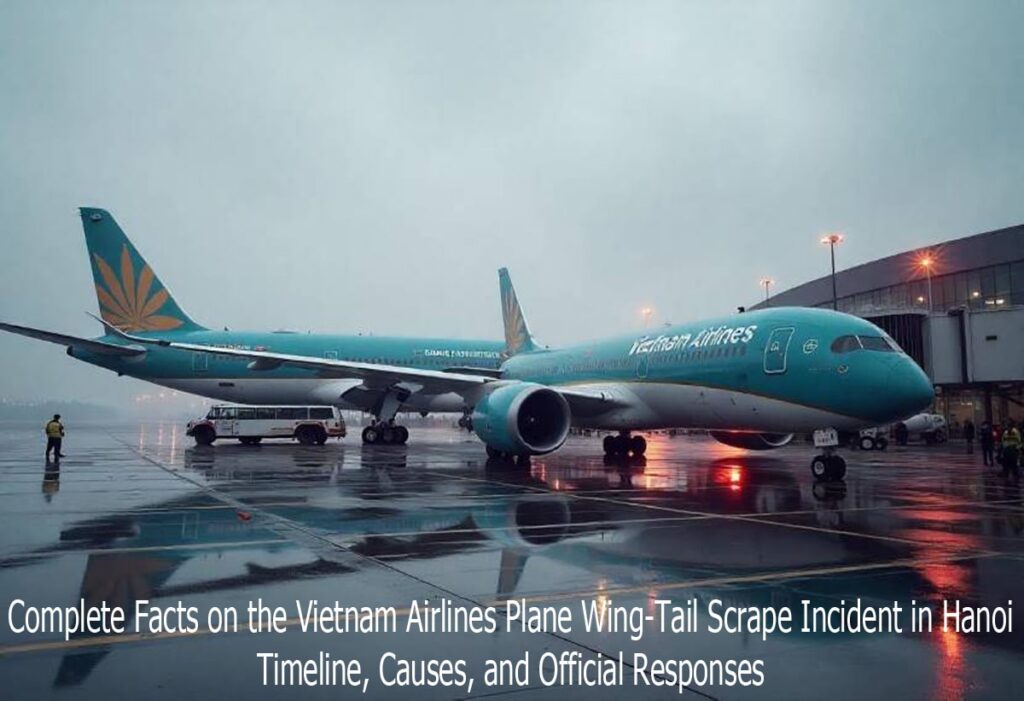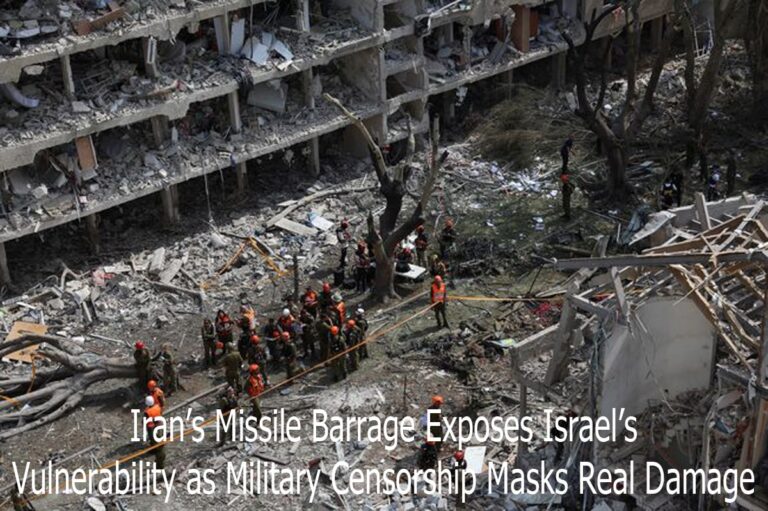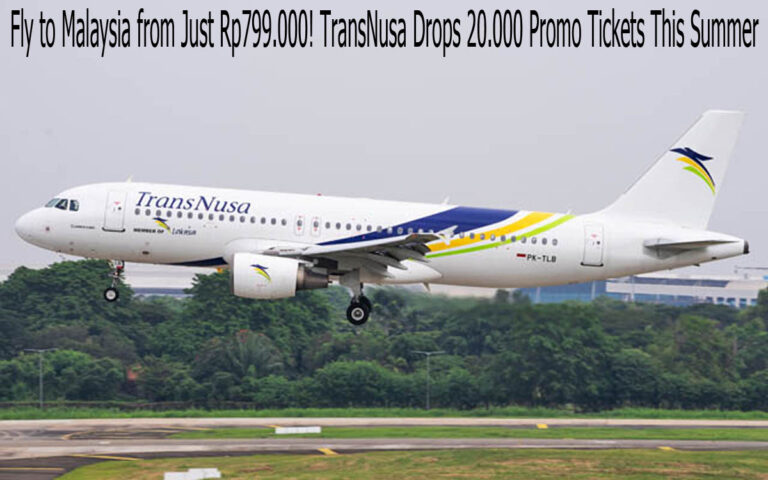
Complete Facts on the Vietnam Airlines Plane Wing-Tail Scrape
HANOI – Two Vietnam Airlines planes got into a little “wing and tail bump” at Noi Bai International Airport, Hanoi. On the morning of Friday, June 28, 2025. Thankfully, no one got hurt, but the incident stirred quite the buzz online and triggered a thorough investigation by Vietnamese aviation authorities.
Quick Timeline
At around 7:20 AM local time, a Boeing 787-9 was preparing for takeoff to Ho Chi Minh City. At the same time, an Airbus A321 had just landed and was parking at the apron.
The problem happened when the Boeing 787 passed taxiway S3. Unintentionally, its left wing collided with the tail of the Airbus A321, which had parked a little too far forward and extended into the taxiway.
No injuries were reported. All passengers are safe, but both planes sustained damage and were grounded for further inspection.
Location & Early Analysis: Parking Mistake Costs Big
Initial inquiries from Vietnamnet.vn indicate that the A321 failed to halt at the proper parking spot, which is what caused the tragedy. This caused its tail to jut out into the taxiway, which should have been clear.
Meanwhile, the Boeing 787 was taxiing as directed by the Air Traffic Control (ATC). The result? A small scrape with a big price tag.
Imagine you’re driving through a narrow alley and suddenly there’s a truck parked a little too far forward. Bam! Your bumper scrapes. Now imagine that truck is a plane, and that scratch costs hundreds of millions of rupiah.
Official Responses from All Sides
Vietnam Airlines quickly responded:
“We are fully cooperating with the investigation and have rebooked all passengers onto other flights.”
Noi Bai Airport officials announced that taxiway S3 will be temporarily closed for investigation and clearance.
CAAV (Civil Aviation Authority of Vietnam) dispatched a team to analyze black box data, pilot communications, and CCTV footage from the apron.
Meanwhile, Vietnamese netizens had fun with memes and jokes:
“When was the last time someone touched you?”
“This morning. On taxiway S3.”
The Investigation Process: Like a Thesis, but Aviation Style
Investigating ground collisions in aviation involves:
- Analyzing the CVR and FDR (cockpit voice and flight data recorders)
- Interviewing pilots, ATC, and marshallers
- Thorough aircraft inspection
All to answer the simple but crucial question: Who parked wrong?
How Could They Not See It?
Here’s an interesting fact:
- Pilots can’t see the wingtip from the cockpit
- They rely on radar, cameras, and ATC instructions
- A slight miscommunication can lead to a very expensive scrape
So don’t expect pilots to just peek out and say, “Hey, there’s room, just steer a bit more left.”
Aftermath: Delays and Reputation Hits
This incident grounded two planes, meaning:
- Passengers were rebooked on other flights
- Disruptions to flight schedules have a cascading effect on other routes.
- Vietnam Airlines had to act fast to protect its reputation
Behind the scenes, the airline and airport are:
- Re-evaluating parking and taxiing SOPs
- Enhancing coordination between pilots, ATC, and ground crews
Lessons from This Costly Bump
Though it looks minor, this incident teaches us:
- Precision is critical – parking 2 meters off can cause global ripples
- Communication is everything – pilots, ATC, and ground crews must be on the same page
- Reputation can be damaged by small mistakes – one incident becomes big PR
Sometimes in life, a small bump wakes us up: coordination and attention to detail aren’t optional — they’re a must.
For now, the investigation continues. Vietnam Airlines is hoping that the public’s faith won’t be damaged by this problem. And we, as travelers, get to appreciate all the complex work happening behind the scenes before we sit comfortably in seat 17A.






